Hammock Camping is getting more and more popular among campers. There are so many advantages to switching from a tent to hammock camping. If you are still deciding whether to switch, have already made the switch, or just don’t know where to start, this three-part series is the resource for you.
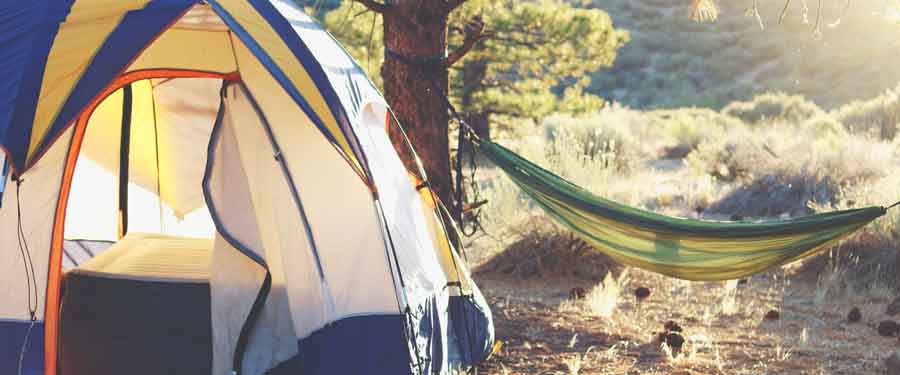
Making the Right Choice
This series is solely intended for people just getting started with hammock camping. If you are already an experienced hammock camper you might find one or two nice nuggets of info, but it’s really geared toward those just getting started.
We all have to start somewhere, so if you have only hammock camped a few times, or not at all, I plan on breaking down everything you need to know to get started. There are also a lot of resources within this article. I strongly recommend you read all of it. When it comes to hammock camping, knowledge is power. Every situation is different and you need to be flexible and adaptable. I hope to give you the tools you need to have the confidence to handle any campsite or situation you find yourself in.
This series is broken up into three parts.
Part One: Deciding If A Hammock Is Right For You
Part one details switching from a tent to a hammock and the benefits of doing so. I will also be discussing the pros and cons of hammock camping so you can decide if it’s right for you. There will information debunking the common misconceptions about hammock camping as well.
Part Two: The Gear You’ll Need
Part two gets into the nitty-gritty of hammock camping and talks about everything you need to get started. I will run through all the gear and equipment you will need and give explanations on why you need to have it. I also get into some optional gear that isn’t necessary, but just nice to have.
Part Three: What You Need To Know
Once you understand all the good, the bad, and the ugly of hammock camping, as well as all the gear you will need, I get into the things you should know before setting up your hammock for the first time. This part of the series will give you tips and tricks to ensure you have the best night’s sleep ever.
So let’s get started on your new hammocking lifestyle.
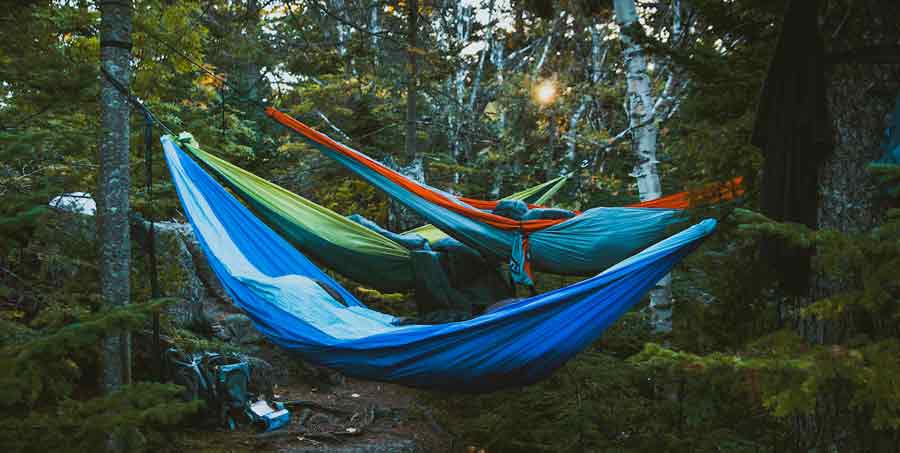
Why A Hammock And Not A Tent?
Over the years, the hammock has become an icon for relaxation. Most people imagine the view of your feet poking out one end and slowly drifting into a deep, restful sleep. There is nothing better than that gentle soothing swinging motion to lull you into a blissful sleep. Sleeping in a hammock is one of the most comfortable ways to sleep, in my opinion. If you sleep in it correctly. We will get into that later.
Sleeping in a hammock on a camping trip is so much better than sleeping on the ground in a tent. I know there are people out there that love tent camping, and I’m not saying it doesn’t have its advantages, but there are some disadvantages too. For example when you wake up in the middle of the night your sleeping bag is soaking wet because water got in or you keep waking up to a tree root stuck in the middle of your back.
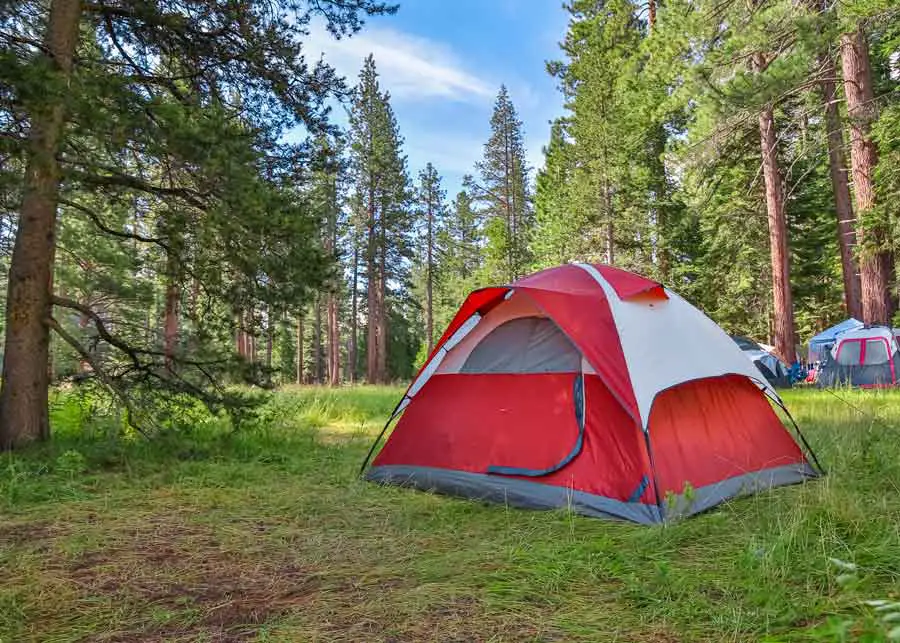
That doesn’t happen in a hammock. Well…if you know what your doing. Which is what I’m here to help you with. Hammocks are way more versatile and customizable than a tent can ever be. When you buy a tent, you get a tent. It only sets up one way and it can’t really be swapped out with other features and if something breaks you pretty much have to just throw it out and get another one. This is especially true for the lower quality and inexpensive tents. Some of the more expensive tents there is some flexibility where you can buy spare parts and fix your tent.
When you hammock camp you can upgrade gear, switch out equipment with other hammocks, mix and match brands and styles, and customize your setup. Which leads me into our next topic.
Benefits Of Hammock Camping
Comfort
Many people find sleeping in a hammock is much more comfortable than sleeping on the ground. There are a lot of great benefits to sleeping in a hammock as well. There are several health benefits to sleeping in a hammock that I talk about in-depth here: Can You Sleep In A Hammock Everynight? For me, I never wake up sore like I used to when I slept in a tent. I no longer wake only to be thinking about my chiropractor’s office hours on Monday when I get back home.
Experience
The camping experience is so much better in a hammock. There’s something about being smack dab in the center of the Wanderful Wild and being able to take it all in. It’s the best feeling to drift off to sleepyville while stargazing. If you set yourself up with a great view, the sunrises when you wake up can’t be beaten. You can’t do that in your opaque walled tent. After all, you went camping in nature to be in nature, right?
Portability
Hammocks are very portable and many of the light-weight options make it an easy decision to throw in your pack even for short hikes. In fact, I make it a habit to do so. My wife and I go on day hikes and I always throw my light-weight hammock and straps in my pack. When we want to take a break or even a nap, I just throw up the hammock and we relax for awhile and enjoy the peacefulness of nature. You just need to keep in mind the rules for hammocks at the location you plan to hike.
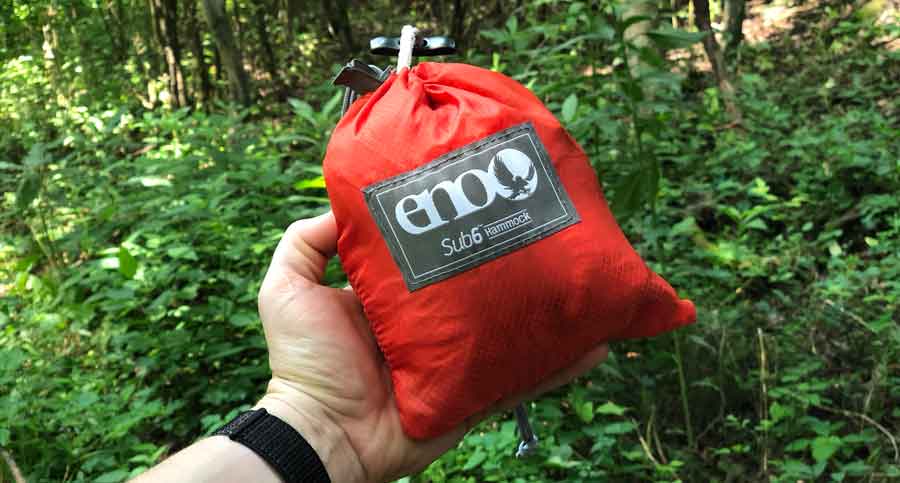
Most portable hammocks come with their own storage bag and pack down fairly small. Some of my hammock bags even have a little extra space in them so I can pack my straps in the same bag. They also store away easily when you aren’t using them and don’t take up a lot of space in your home or garage.
Easy & Quick
Hammocks are great because they are so easy to set up. I can have my hammock up in less than a minute. I can tear it down just as quickly. I personally love when we are camping with the boys for Scouting and everyone takes 30 minutes to an hour to put up and tear down camp. We are typically cleaned up and ready to go within 10 minutes. Most of that time is trying to get my boys to put all their stuff away.
Having the quick and easy setup that a hammock provides also proves incredibly useful when you get caught in inclement weather and need to stay as dry as possible. A hammock and tarp are far easier and faster to set up than a tent.
ALSO READ: 21 Tips to Stay Dry While Hammock Camping in the Rain
Disadvantages of Hammock Camping
Everything isn’t all rainbows and sunshine when it comes to hammock camping. I pride myself on always being honest about my hammock camping experiences and I have to admit that there are times that it’s not the greatest. That being said, there are workarounds in many cases that correct some of these disadvantages. Here are the main disadvantages and some solutions.
No Trees, No Hang?
What if there are no trees? What will you do then? It’s true you could have no trees or the trees are too far apart or too big around to sling your straps. There are a couple of solutions. If the trees are too large for your straps, then you may want to consider extending your straps by connecting two sets.
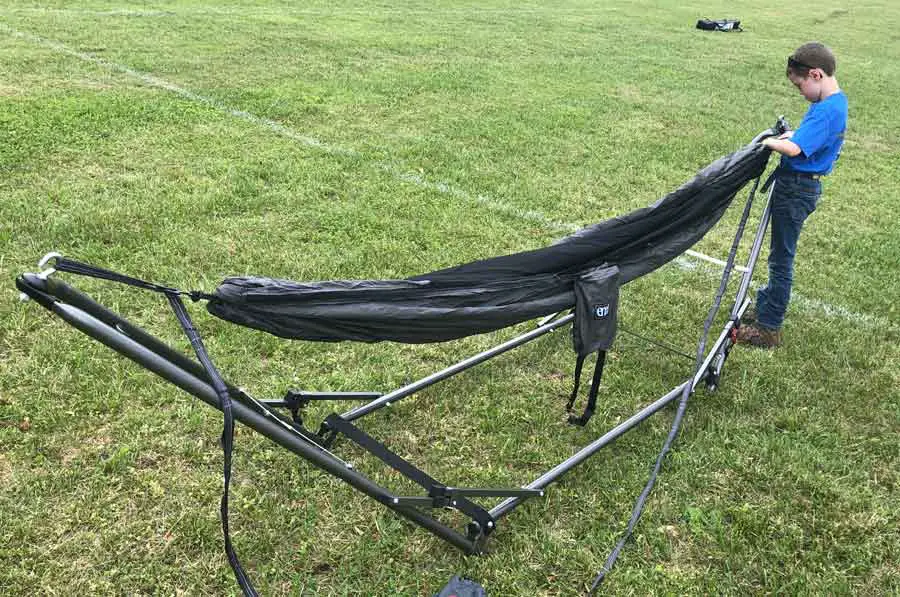
ALSO READ: Can You Safely Connect Two Hammock Straps?
If you’re camping in a field, you can buy a hammock stand. I have 3 hammock stands for my boys and I when we have scouting events where there are no trees. They are really simple to use and your hammock is still comfortable. You will be lower to the ground, but as long as your hang is tight enough so your butt isn’t dragging the ground, you will be comfortable all night long.
ALSO READ: Hanging A Hammock Without Trees
Privacy
Loss of privacy is definitely a concern when hammock camping and is also a primary disadvantage for some. Tent camping definitely gets the upper hand in this category. Lack of privacy can leave you feeling vulnerable and exposed. There are ways to maintain your privacy and some creative workarounds. You will have to decide if these ideas will work for you and if hammock camping is worth the risk of losing some privacy. For me, it is. The benefits of hammock camping outweigh the cons.
ALSO READ: 9 Ways To Gain Privacy While Hammock Camping
Restrictions
Hammock camping is great, but this is the case where a few have ruined it for the many. Some parks have banned hammock camping altogether and cannot hang anything from the trees. These policies came about mostly due to people damaging the trees, and in some cases, killing trees. This can happen if you aren’t smart and careful about your equipment. Preserving the health of the trees and woods should be the goal of every hammock camper. Unfortunately, this isn’t the case. Do your research on your destination to make sure they allow hammock camping. If they don’t, a hammock stand is a good option as well.
ALSO READ: Do Camping Hammocks Harm Trees?
Common Misconceptions About Hammock Camping
It’s Easy To Fall Out Of The Hammock
In the beginning I was hesitant about hammock camping because I was afraid that I would easily fall out during the night. This was based on the only experience I had with hammocks – the spreader bar hammocks that you find in the backyard. I had fallen from those many times in my youth and as an adult. They tip easy and are hard to get into. Due to my experiences, I thought this to be true of all types of hammocks. However, through my research I found that this was not the case with camping hammocks.
The biggest difference with a camping hammock is that you get in the hammock and not onto it as you would in the spreader bar hammocks. The camping hammock wraps your body into a cocoon keeping you safely inside. I toss and turn during the night, so this was a major concern for me. I am happy to report that despite my greatest (unconscious) tossing and turning efforts, I have not fallen out of my hammock during the night.
You Will Need To Know A Bunch Of Complex Knots
Some people believe you have to be the master of all knots to be able to set up everything for a hammock. This is not true at all. Brands like ENO have a No-Knot-System that is super easy to use and great for beginners. You just use straps and carabiners to hang your hammock. The only real thing you need to do is put the end of your strap through a loop and pull. Is it good to know knots? Wise? Yes, I think it’s important to know, but not necessary. You really only need to know one or two knots when you are starting out. Then, you can build your knot knowledge the more experienced you get. You get a more customized setup the more knots you know, but it’s not necessary to know them all before getting into hammock camping.

You Can’t Hammock Camp if You are a Big Person
Not true. Hammocks come in all different sizes and weight limits to accommodate all sizes of people. Most hammocks have a weight limit of 400 lbs and most hammock straps have a weight limit of 400 – 500 lbs. So no matter your weight, hammocks could be a great option for you.
You Can Only Use a Hammock in Warm Seasons
Nope, not true either. If you have the proper gear, equipment, and insulation system you can hammock camp all year round. I honestly camp more in the cooler months than I do in the summer. You need to have a good insulation system in place to protect you from the cold. Once you have that, there is no temperature you can’t sleep in.
You Can Only Sleep on Your Back
Hammocks are for back sleeping. I’m a side sleeper and know people that sleep on their stomach in a hammock. You can sleep in a hammock however you do in your bed. This is a very popular subject when talking about how to sleep in a hammock. Yes, most people do sleep on their backs when in a hammock, but that doesn’t mean you have to. I am always a huge advocate of you doing you. You have to find what works best for you. That’s why experimenting over several nights is important to find your ideal comfort in your hammock.
You Need Perfect Weather
It’s a common misconception that you can only hammock camp in good weather. Trust me on this. You can hammock camp in any weather that you can tent camp in. In my experience, you can hammock camp with better results as well. I would say a third of the time that I have camped ends up in some type of bad weather – rain, snow, wind, etc. As long as you set up your hammock and gear in the proper ways, you will stay dry and warm under your rain fly.
ALSO READ: 21 Tips To Stay Dry While Hammock Camping in the Rain

Still Interested In Becoming A Hammock Camper?
Sometimes when people are trying to convince you to go with what they are promoting they give all the good and none of the bad. I’m just a little different. I prefer to get the bad all out there in the open so we can discuss it and move on.
If you’re just getting started, I wouldn’t get discouraged by everything in this article. I haven’t used my tent in years and I have camped a lot with friends or with my kids for Cub Scouts. There are solutions to everything no matter what problem you run into. It’s just having the proper knowledge and being prepared for whatever mother nature or a situation throws at you.
This isn’t the end. Part Two and Three of this series will take a deeper dive into hammock camping. I encourage you to keep reading because I share the gear I recommend, how to setup properly, lots of tips, what I learned as a new hammock camper, and how you can avoid common pitfalls.
